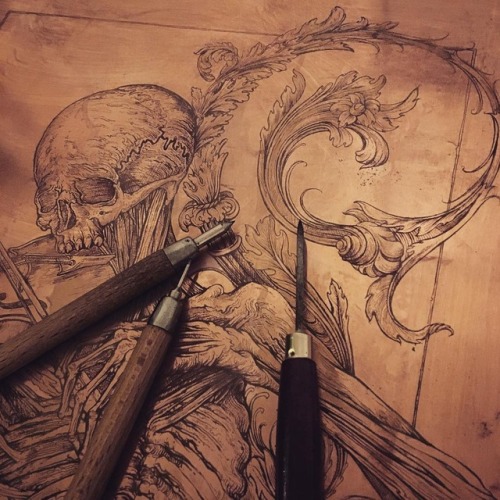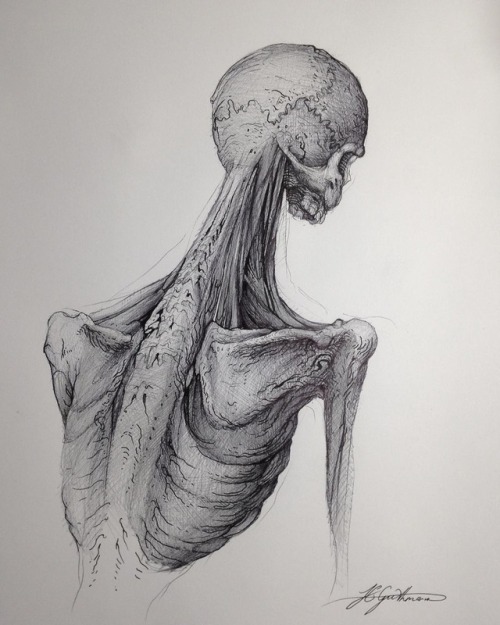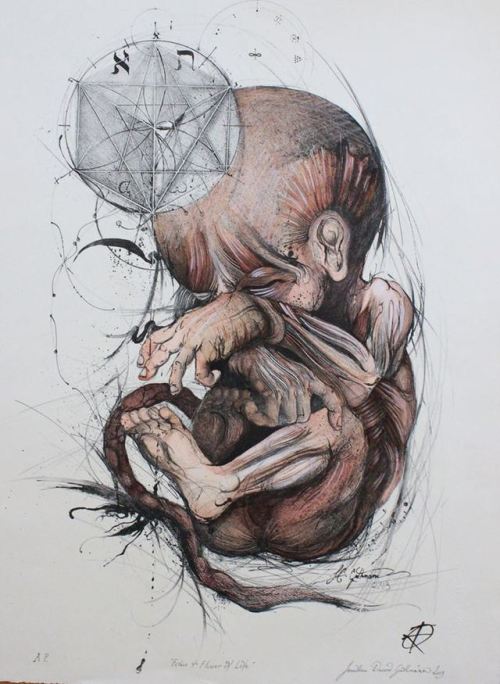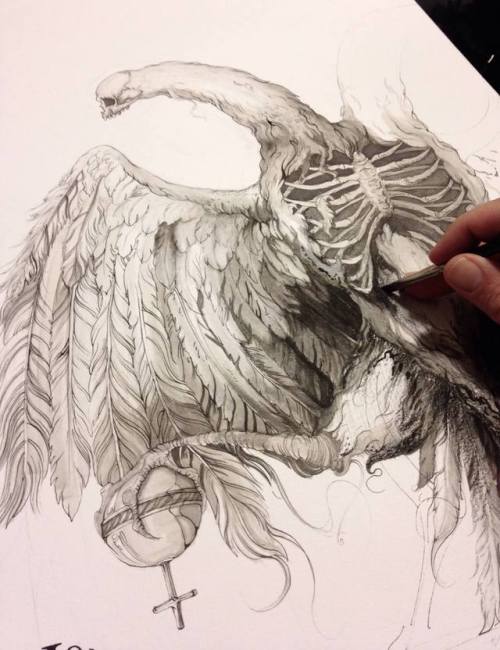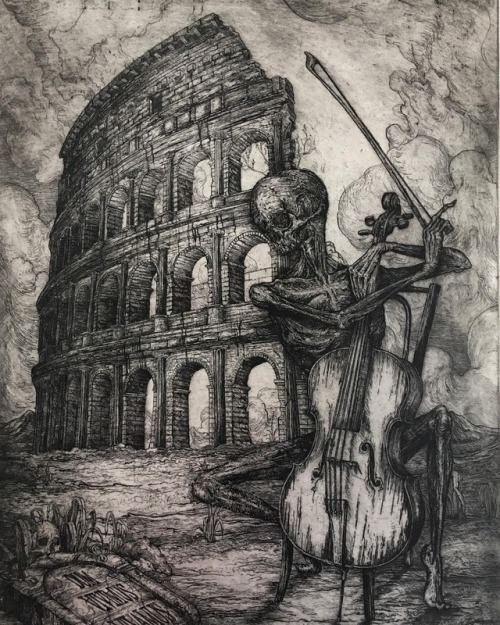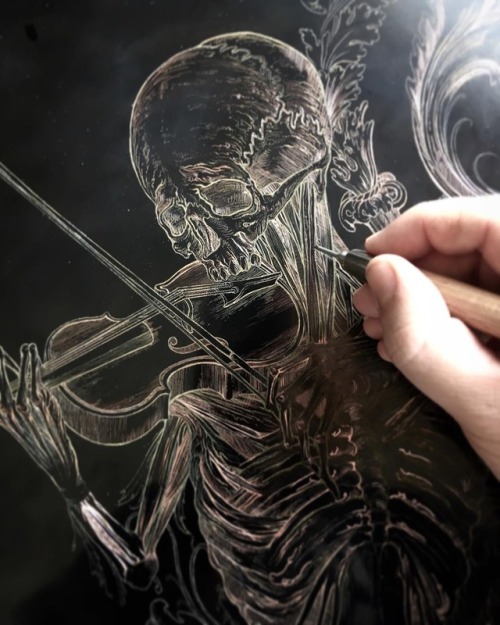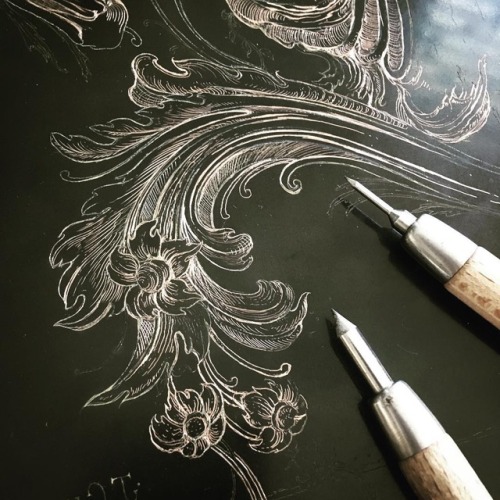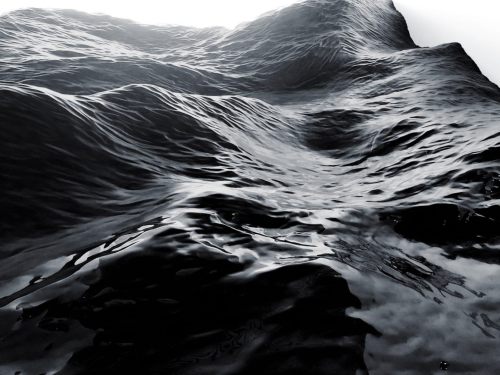

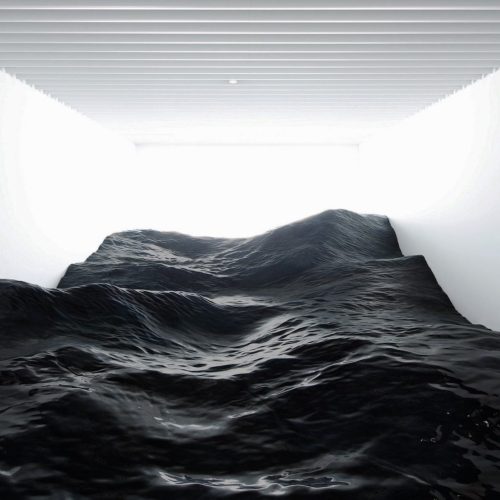
“Contact”, Mé
Japanese art collective Mé has realized a large-scale installation of choppy ocean water, titled ‘Contact’, as part of the Mori Art Museum’s sixth iteration of their Roppongi Crossing series of exhibitions.The hyper-realistic artwork suspends stormy ocean swell within the confines of a small room. A window behind the work lets natural light flood in, and as the sun moves throughout the day, the ripples appear to slightly shift in form. Consequently, the piece plays on the viewer’s perception, glistening from different angles. A statement by the collective explains that the trio work with themes that “manipulate perceptions of the physical world”, whereby their installations aim to “provoke awareness of the inherent unreliability and uncertainty in the world around us”. ‘Contact’ demonstrates just this: the ocean’s oscillating balance of power and fragility. By capturing the tumultuous nature of ocean currents in such acute detail, Mé indeed brings our attention to the uncertain future of Earth’s oceanic waters.Original text from Ignant. Posted by RS.


